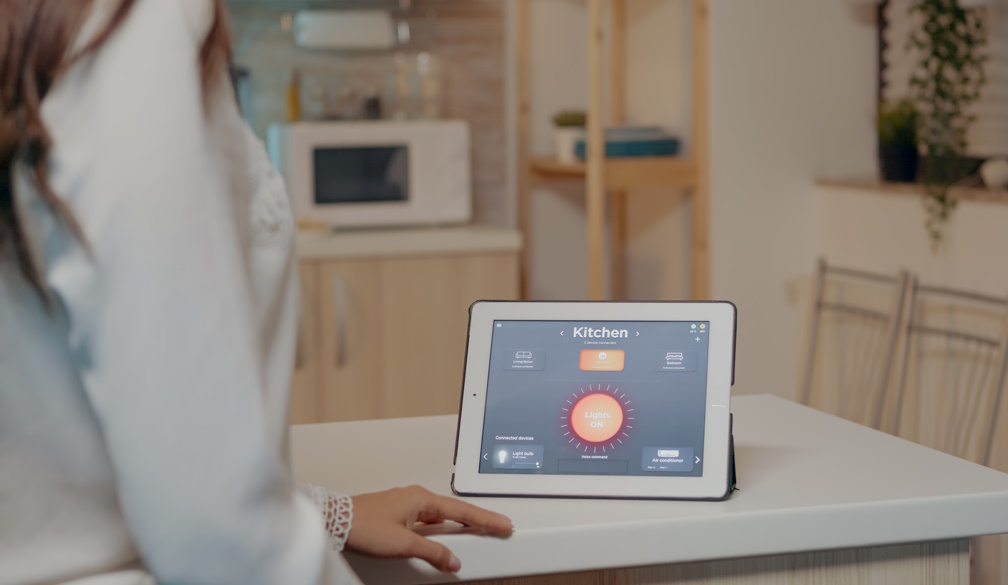Some states already have Indigenous advisory bodies. What are they, and how would the Voice be different?
- Written by Bartholomew Stanford, Lecturer (Indigenous Knowledges) , Charles Darwin University
This weekend, Australia will vote[1] on the enshrinement in the Constitution of the Voice to Parliament.
The “no” campaign has expressed many concerns about how the Voice to Parliament will operate[2] as a First Nations advisory body.
But Indigenous advisory bodies are not new in Australia. Some state governments in Australia already have Indigenous-led bodies informing policy and decision-making affecting their respective communities.
Seeing how an already existing First Nations advisory body works – the First Peoples’ Assembly of Victoria[3] – has led one “no” campaigner to change her vote to yes. Meriki Onus, a Gunnai and Gunditjmara supporter of the “Blak Sovereignty” movement stated[4]:
We’ve seen an example in Australia where a body similar to the Voice to Parliament already functions, and I think that they do really good work.
Read more: The Voice to Parliament explained[5]
What advisory bodies already exist?
ACT - the Aboriginal and Torres Strait Islander Elected Body:
The ACT was the first state or territory to create an Indigenous voice to government, the Aboriginal and Torres Strait Islander Elected Body[6]. Its main purpose is to represent[7] the interests of Indigenous people living in Canberra in government decisions. It makes the claim, “We take your ideas and concerns straight to the changemakers”.
Indigenous representatives are elected every three years by Indigenous voters in the ACT. This body has advised on policy across key areas such as health and wellbeing, economic participation and justice. Recently, it has worked with housing and community services on housing solutions[8] for older Indigenous people in the ACT.
Victoria - the First Peoples’ Assembly of Victoria:
The First Peoples’ Assembly of Victoria[9] is an independent, democratically elected body overseeing the Treaty process between Traditional Owners and the Victorian government.
Thirty-two Indigenous representatives are elected to this body, which is organised into regional groupings, with 11 dedicated seats for Traditional Owners. To be eligible to vote in assembly elections, First Nations people need to be at least 16 years old and to have lived in Victoria for at least three of the last five years.
The assembly’s call to the Victorian government for a truth-telling process led to the establishment of the Yoorrook Justice Commission[10], which is the body overseeing and recording the historical injustices experienced by Indigenous Victorians.
South Australia - First Nations Voice to Parliament:
In March, South Australia became the first Australian government to pass legislation to establish a First Nations Voice to Parliament[11]. The first election for this body will be held next March and Indigenous people who reside in the state will be able to vote.
The Voice will be structured into local and state-based regional groups, and Indigenous representatives will be asked[12] to present their views and priorities to the South Australian parliament, ministers and chief executives.
Queensland - Torres Strait Regional Authority:
The Torres Strait Regional Authority (TSRA)[13] is responsible for many social, economic and environmental programs in the Torres Strait. Twenty Indigenous representatives are elected to the TSRA board by their respective communities every four years and make decisions[14] on the “strategic vision, policies and budget allocations” of the TSRA.
The TSRA has been vital in helping to manage the environment in the Torres Strait and the local fishing industry, as well as health and cultural programs.
Read more: The Voice: how do other countries represent Indigenous voices in government?[15]
Past national advisory bodies have not lasted
The Aboriginal and Torres Strait Islander Commission (ATSIC)
The Aboriginal and Torres Strait Islander Commission[16] operated from 1990-2005. The commission was the main national voice for Indigenous people. It was an independent authority responsible for Indigenous program delivery and reported to the minister for Aboriginal (Indigenous) Affairs.
Indigenous representatives were elected to the commission’s 35 regional councils every three years. A review of ATSIC was conducted in 2002, which recommended reform of its functions, governance and representational model. It also recommended giving greater control of the organisation to Indigenous people, who felt their powers were limited. But then-Prime Minister John Howard’s government led a push to abolish[17] the commission instead.
The National Congress of Australia’s First Peoples
The National Congress of Australia’s First Peoples[18] was established in 2009 as a representative member-based organisation. The congress advocated for the rights of Aboriginal and Torres Strait Islander people at a national level.
It had over 10,000 members who were responsible for electing representatives. The congress’s model ensured an equal number of male and female representatives.
The congress ceased operating in 2019 because the federal government stopped[19] providing funding.
The congress was a strong advocate for the Uluru Statement and helped pave the way for the Voice to Parliament referendum.
How would the proposed Voice be different?
The Voice to Parliament borrows elements from the bodies discussed above. It would be independent, based on local and regional representation, have equal gender representation and include younger voices. It would also call for greater Indigenous democratic participation.
The main difference between the Voice and other bodies is it would be constitutionally enshrined. Past national bodies have not had this type of safeguard built in and have been removed at the whims of government.
What Indigenous Australians are calling for is certainty. Certainty would allow Aboriginal and Torres Strait Islander people to develop, plan and implement policy that is responsive to the challenges facing their communities.
Ken Wyatt, former minister for Indigenous Affairs said[20] last week, “I know Canberra politicians don’t have all the answers”.
This is why a Voice is so important now. With no current national Indigenous body in place, all policymakers need a direct channel to Indigenous voices to ensure their policies are appropriate and relevant.
But for the Voice to Parliament to succeed, it must be given the assurance it can operate without existential uncertainty – which is what constitutional recognition provides.
References
- ^ vote (voice.gov.au)
- ^ operate (www.sbs.com.au)
- ^ First Peoples’ Assembly of Victoria (www.firstpeoplesvic.org)
- ^ stated (www.smh.com.au)
- ^ The Voice to Parliament explained (theconversation.com)
- ^ Aboriginal and Torres Strait Islander Elected Body (atsieb.com.au)
- ^ represent (atsieb.com.au)
- ^ housing solutions (atsieb.com.au)
- ^ The First Peoples’ Assembly of Victoria (www.firstpeoplesvic.org)
- ^ Yoorrook Justice Commission (yoorrookjusticecommission.org.au)
- ^ First Nations Voice to Parliament (www.agd.sa.gov.au)
- ^ asked (www.agd.sa.gov.au)
- ^ (TSRA) (www.tsra.gov.au)
- ^ decisions (www.tsra.gov.au)
- ^ The Voice: how do other countries represent Indigenous voices in government? (theconversation.com)
- ^ The Aboriginal and Torres Strait Islander Commission (aiatsis.gov.au)
- ^ abolish (www.smh.com.au)
- ^ The National Congress of Australia’s First Peoples (webarchive.nla.gov.au)
- ^ stopped (www.theguardian.com)
- ^ said (twitter.com)
Authors: Bartholomew Stanford, Lecturer (Indigenous Knowledges) , Charles Darwin University










